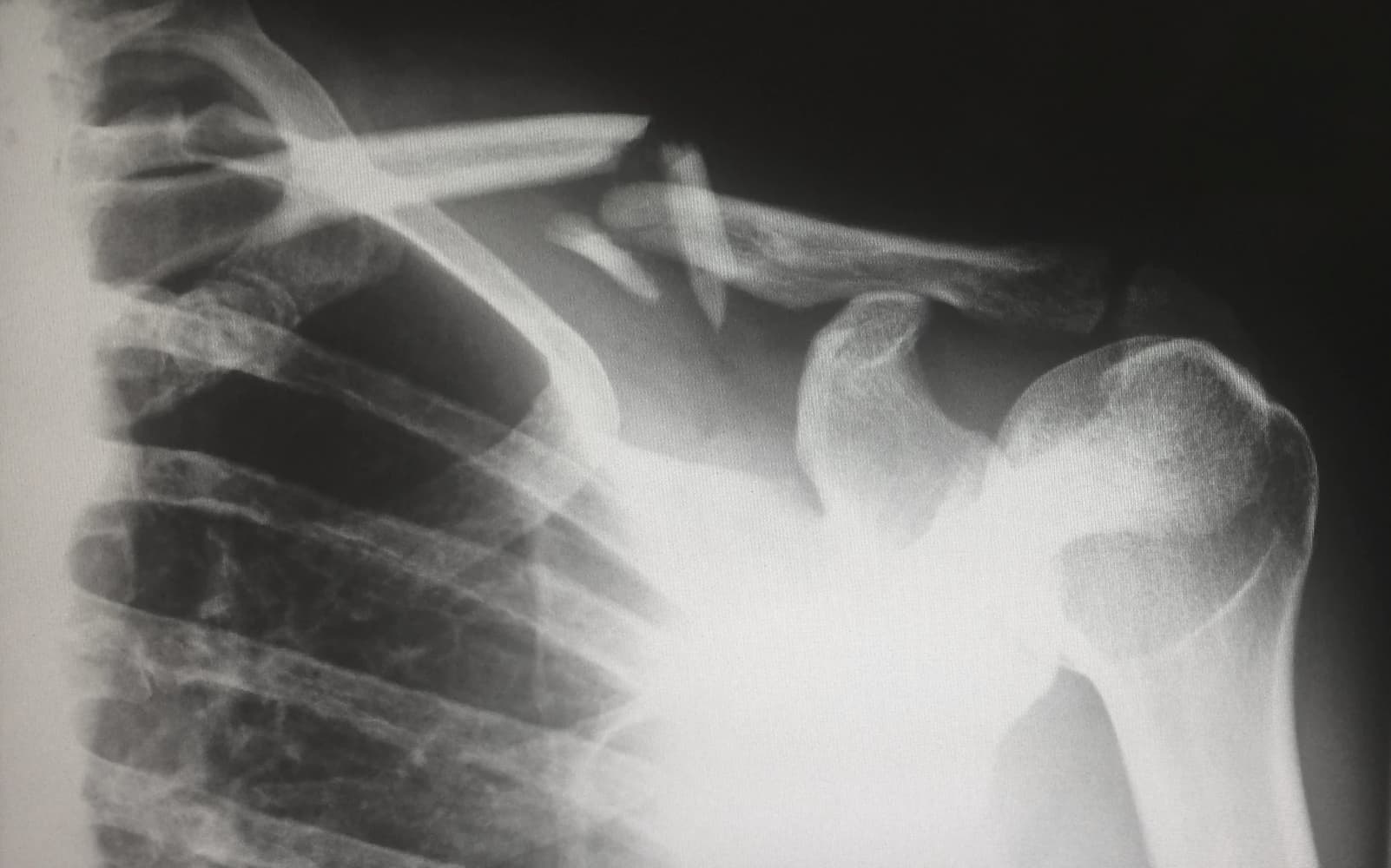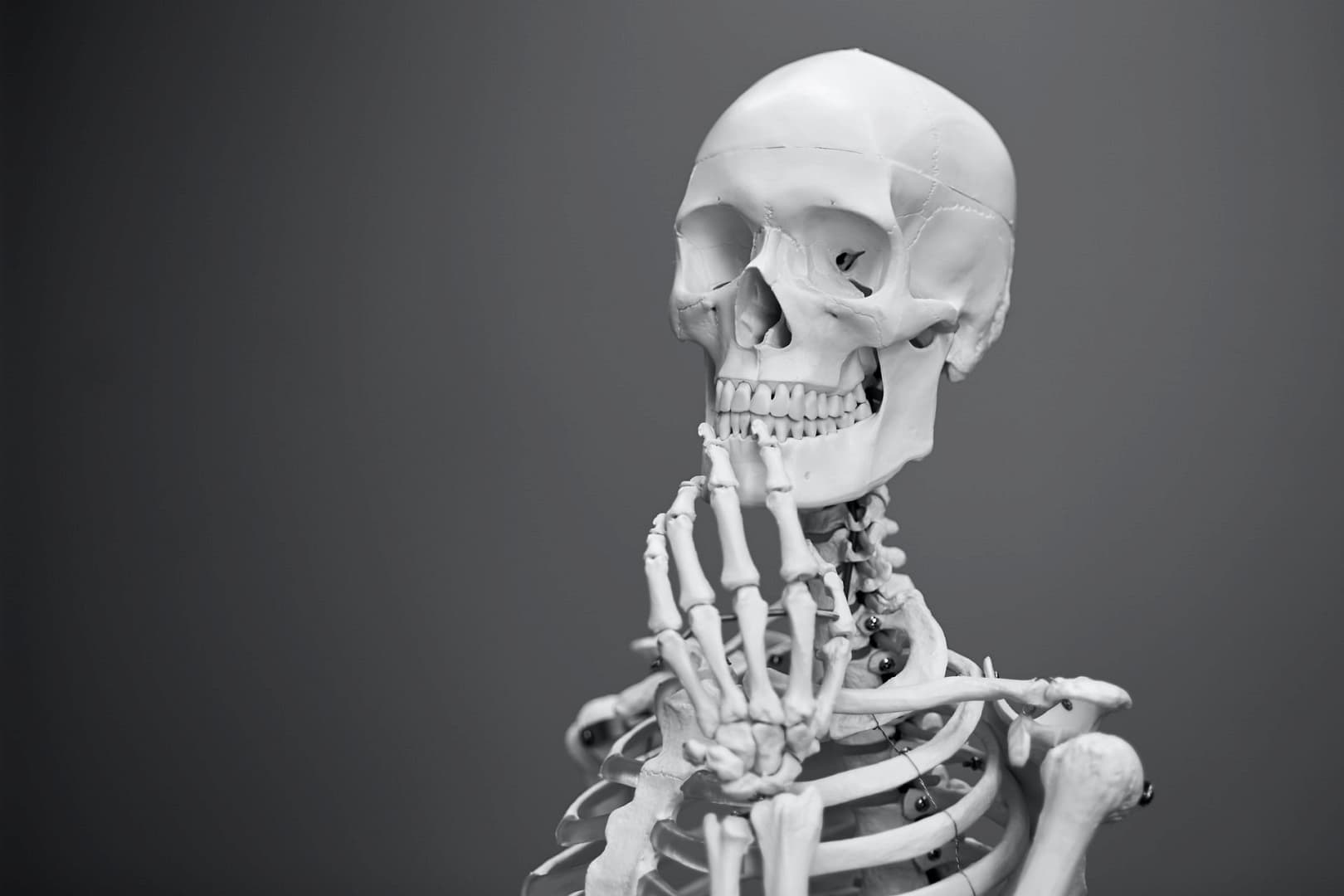
A sprained ankle or lower back pain should not be ignored, thinking it will go away in time. Rarely does a musculoskeletal condition like this go away on its own. If anything, it only gets worse over time when left untreated. Although seemingly trivial compared to infectious diseases that are taking billions of lives worldwide, musculoskeletal disorders are among the top contributing factors to chronic pain, or worse, paralysis. In fact, they happen to be among the primary reasons for rehabilitative care.
What are Musculoskeletal Disorders?
A musculoskeletal condition is characterised by persistent pain that limits the body's range of motion. Plus, it has a direct link to chronic diseases according to a 2018 study published by the BioMed Central that lists neck and back pain as the fourth leading cause of disability-adjusted life years. Moreover, researchers found that people with musculoskeletal conditions are more likely to develop heart disease, endocrine disorders, Alzheimer's disease or other neurological conditions.
The use of pain medications, such as non-steroidal anti-inflammatory drugs, is not even considered a viable solution to the problem as it has been found to increase the risk for cardiovascular disease. The good news is, musculoskeletal diseases can be prevented so long as you know what causes them.
What are Common Musculoskeletal Conditions?
Making the muscles, or a group of muscles, work beyond their capacity causes musculoskeletal imbalance. The most common conditions that usually arise from muscle imbalances include the following:
Tendonitis
This condition occurs when there is an inflammation of the tendons, which are thick cords that connect bones to muscles.
Osteoarthritis

The most common form of arthritis, osteoarthritis is a condition that arises when the cartilage, which is the protective tissue covering the ends of the bones in joints, wears down.
Rheumatoid Arthritis
An autoimmune disorder, rheumatoid arthritis develops when your body mistakenly attacks the healthy cells in your body. It can affect more than one joint and damage multiple organs, including the lungs, skin, eyes and heart.
Psoriatic Arthritis
Another type of arthritis, psoriatic arthritis usually affects people with psoriasis. It causes swollen joints in the hands and feet, which can lead to permanent deformities.
Carpal Tunnel Syndrome
The carpal tunnel is a narrow passageway in the wrist that protects the median nerve, which supplies the muscles in the forearm and the base of the thumb. When too much pressure is applied to this nerve, it leads to a painful condition called carpal tunnel syndrome.
Bone Fractures

Bone fractures occur when a bone breaks or cracks due to an accident or injury. Certain medical conditions, such as osteoarthritis, can cause the bones to break too.
Fibromyalgia
This condition causes widespread musculoskeletal pain, fatigue, joint pain and emotional distress. People with PTSD, depression or who have less physical activity are believed to be more susceptible to fibromyalgia.
What Can Cause Musculoskeletal Disorders?
Problems affecting the musculoskeletal system not only cause chronic muscle pain but also obstruct blood flow, leading to a wide array of conditions. There are several risk factors for a musculoskeletal condition, but the major ones include genetics, poor posture or certain activities you do on a daily basis. Exposure to the following increases your chances of developing one or more musculoskeletal diseases:
- Lifting heavy objects
- Lack of exercise
- Prolonged sitting
- Poor nutrition
- Insufficient rest
- Age
- Performing tasks that involve repetitive motions
Work-related musculoskeletal disorders are not uncommon as many jobs subject people's bodies to forceful exertions, hence resulting in muscle weakness and damage.
How Are Musculoskeletal Disorders Diagnosed?

In addition to reviewing your medical history, your doctor will perform a thorough physical exam, a bone scan or other medical tests to identify the root cause of your symptoms. These may include imaging tests, such as magnetic resonance imaging (MRI), X-rays or computerized tomography (CT) scan, to get a clear view of the structure and activities of your musculoskeletal system. Your doctor may also order blood tests and muscle biopsies. The latter is a surgical procedure that is done to identify muscle damage, diseases of soft tissues or bones.
Musculoskeletal disorders are more common in ageing individuals, but this is not to say that they cannot be avoided altogether. Establishing a healthy lifestyle early in life reduces your risk of developing these conditions. Consult your doctor about healthy ways to strengthen your musculoskeletal system. You can also incorporate yoga, Pilates or other exercises to reinforce your muscles, bones and joints.
|
Do you have a natural health & wellness business? |









